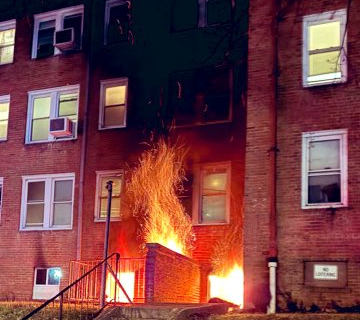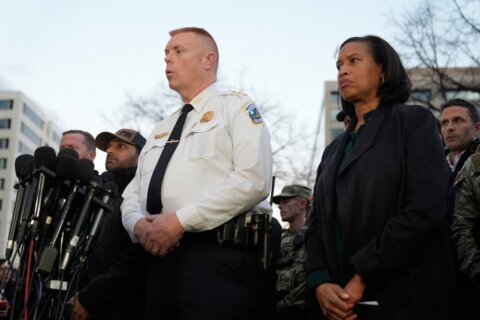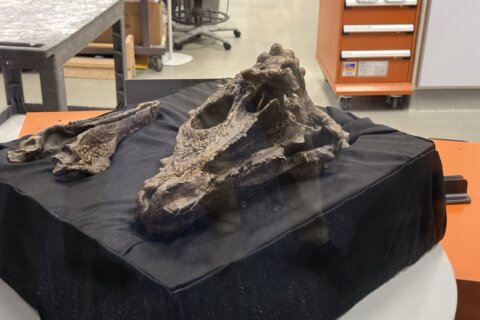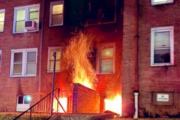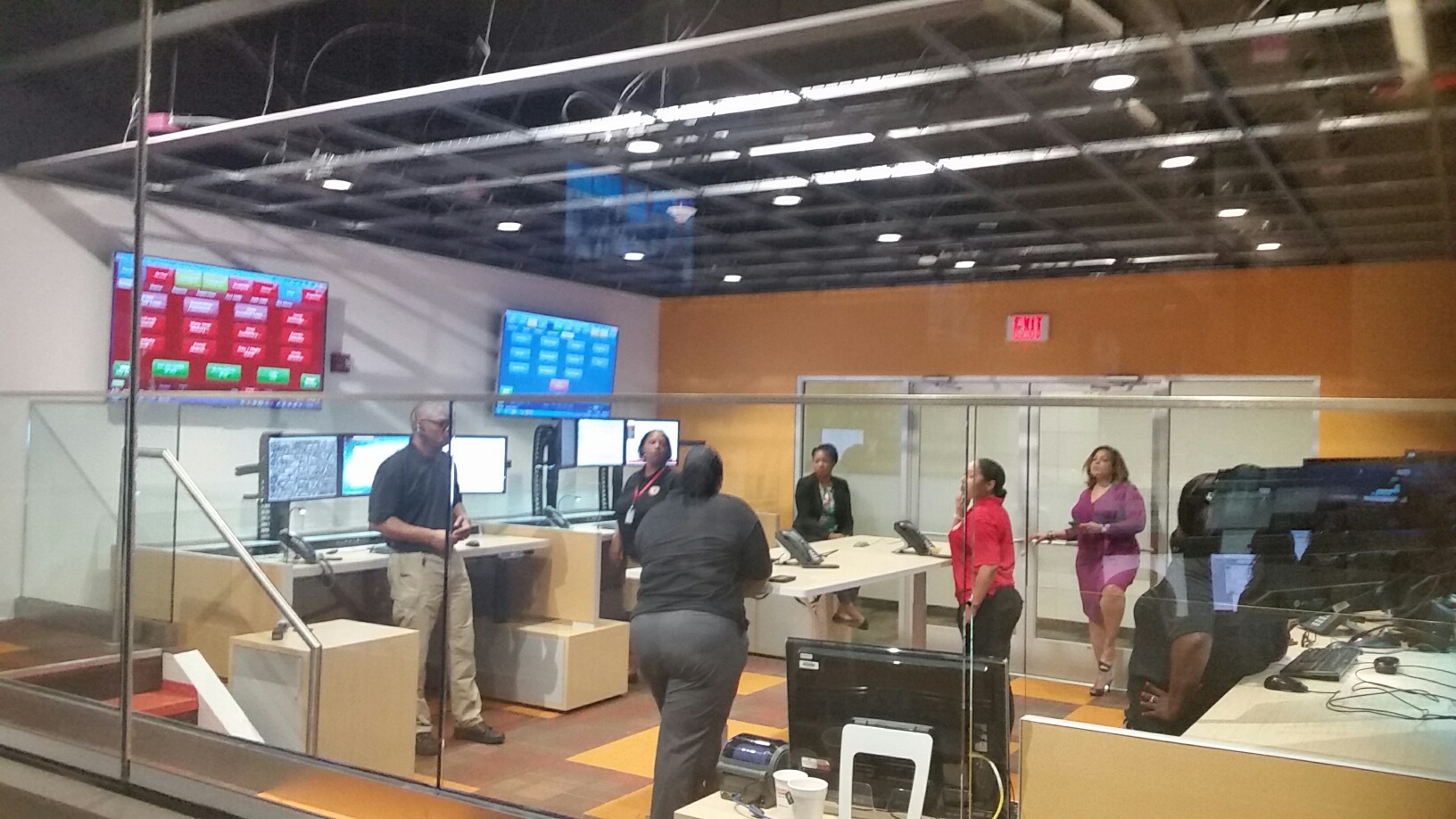
DC's New 9-1-1 simulation lab tests out new technologies before they go live and also trains personnel. @wtop pic.twitter.com/efz13XCwbD
— Kathy Stewart (@KStewartWTOP) June 23, 2016
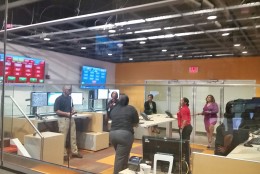
WASHINGTON — The District on Thursday displayed the results of a $200,000 investment in preparing for the next generation of 911 calls.
“The traditional way of 911 call handling is changing,” said Teddy Kavaleri, the chief IT officer for D.C.’s Office of Unified Communications (OUC), as he unveiled the city’s 911 simulation lab.
The lab will be used for the next 20 years to train personnel on new technologies, and to test and troubleshoot those technologies before they go live.
The OUC, on the St. Elizabeth’s Hospital site in Southeast, is the center where all the city’s 911 (police, fire and EMS) and 311 (city services) calls come in, and it’s the city’s operations center during emergencies.
As for those new technologies, Kavaleri said, “The first thing that’s coming is the text-to-911 capability.” He says in six to 12 months, D.C. will have limited capacity to text to 911, and eventually you will be able to send pictures and video.
Alan Etter, a spokesman for OUC, says the advancements in technology will allow 911 operators to give first responders more information before they get to an incident and via several platforms. The more the first responders know going into a situation, he said, means the better the outcome for everyone.

